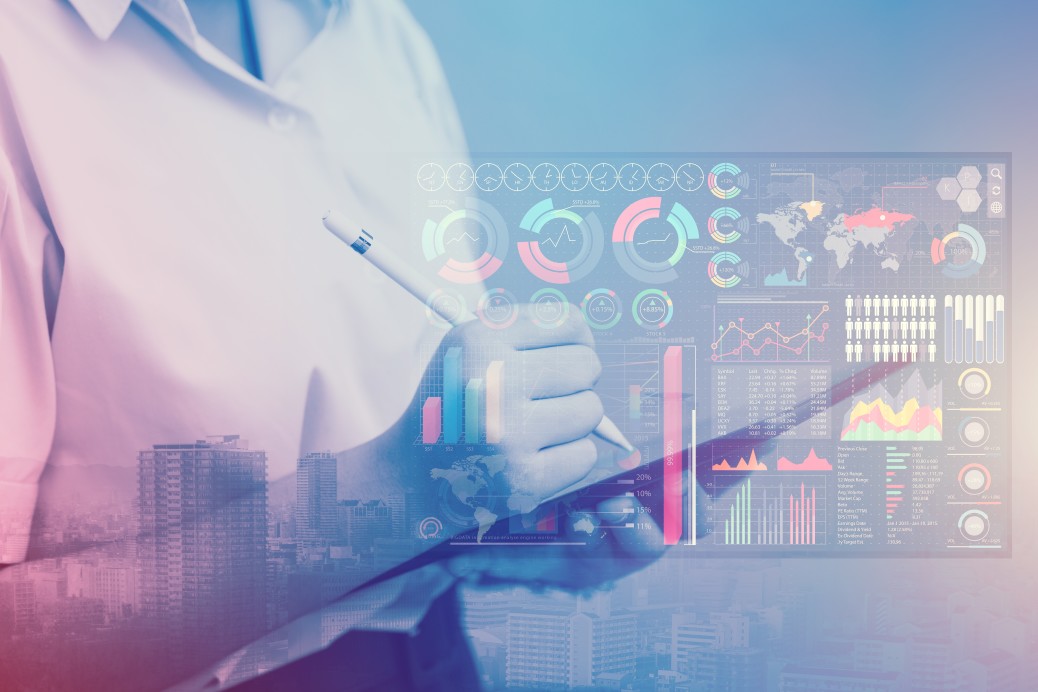Artificial Intelligence (AI) is already helping doctors and medical professionals in a variety of ways. AI can help diagnose diseases, identify genetic risk factors, and even predict how patients will respond to certain drugs. But could AI be used to improve radiology?
The history of artificial intelligence in radiology and its current use
In the early days of radiography, radiology was a part of medicine. Doctors used x-rays to diagnose and treat a large variety of illnesses, from arthritis to cancer. With the adoption of x-ray technology, radiologic techniques developed, including techniques for diagnosing cancer and for removing tumors from the breast. One of these techniques involved using a cathode ray tube (CRT) to produce an images on a screen called the cathode ray tube monitor (CRT).
A CRT was an electrically powered, cathode ray tube that produced an image on one side of a screen. The image could be either an X-ray picture or a picture with color bars indicating where the object being viewed was located on the body. The picture would move as the object moved through the CRT’s beam path, this movement is what we call “RADAR” in space and “XENON” in time.
The radiation exposure produced by x-rays, and therefore by their use in diagnostic applications, was well understood at that time; however, it was not until World War II that this exposure became known as “radiation” because it was presumed to be harmful to humans. The first application for this type of radiation was in the treatment of burns and for removing blood clots from patients who had suffered head trauma. In order to treat these patients successfully, doctors needed accurate information about where blood clots existed inside their bodies, which led them to scan their bodies using x-rays in order to see where blood clots formed or where new ones were forming as well as what they looked like after they formed while they were moving through their bodies.
It wasn’t until World War II that radiation exposure began impacting people physically because people started dying from it after being exposed to it during combat operations since many soldiers weren’t aware that they could develop cancer at all (most soldiers thought it just happened when they got old).
The benefits of using artificial intelligence in radiology
Artificial intelligence is a major trend in the medical field. Medical advances are accelerating and we are just beginning to take notice. The core of the healthcare world is still moving through the phases of discovery, refinement, and adoption. It is a slow process that requires time for the medical community to adjust and mature. To participate fully in this movement, you need to be on top of your game.
Using AI in radiology has many benefits beyond saving money, there are also practical advantages such as being able to reduce staff workloads and help reduce errors by placing more trust in machines than human nurses do (the automatic nature of machine learning means it doesn’t take long before machines become better at recognizing patterns). In addition, AI can be used effectively without requiring users to spend all day each week training it, an impressive feat considering how quickly it can learn from its own data sets over time!
For one thing, AI can help radiologists detect signs of disease and injury faster than they would be able to on their own. This means that physicians will be able to make better decisions about treatment sooner, and that patients will get the right care as soon as possible.
AI also helps radiologists by providing them with more information at once, which makes it easier for them to keep track of everything they need to know about a patient’s condition. This means that you’ll have fewer delays in your care and treatment.
And finally, AI helps radiologists be more efficient by taking repetitive tasks off their plate so they can focus on what matters most: analyzing data and coming up with solutions for complex problems.
The challenges of using artificial intelligence in radiology
I only have a passing knowledge of AI and machine learning in radiology, but it seems like the use of AI has been on the upswing. Radiology is a high-risk field, so it is important to ensure radiology practitioners are well trained and knowledgeable in the technology and its applications (there are no easy regulations for medical devices, so you should be mindful of the liability attached to using them).
If you’ve seen some statistics on AI in medicine, I’ve found most of them from Google Trends, you’ll know that there are still serious questions about how it can be used effectively. Here are some key points that I think should be considered about using artificial intelligence for radiology:
- AI is not magic (unless you think it is)
- There may be real benefits when using AI in radiology, but there will also be real costs
- A strong understanding of how AIs work will help determine which ones to use (and when)
- When considering AIs, you need to consider whether they can improve your practice or whether they can make it more difficult or dangerous
The best way to find out where to draw the line between these two scenarios is probably by practicing how AI can improve your practices. It will take time and experimentation, but if done right and carefully thought through, AIs may give some small gains in efficiency while reducing risk or increasing safety. However, these improvements may not necessarily leave your practice better than what it was before. Also remember that even though we know where the lines between these two scenarios lie today; we don’t yet know whether they will continue to blur over time as more research into the technology continues. If we did have a crystal ball, would we really want our AIs telling us what to do with them? Or do we want them deciding things for us? I don’t think so.
How artificial intelligence is changing the field of radiology
Something that is obvious to most people is that AI can be used in a number of ways:
- AI could be used to give patients advice on how they should take their medications
- The AI can be used to direct radiologists, who are trained in specific areas and have specific knowledge, towards the right images for different diagnoses
- Artifical Intelligence could even potentially be used for diagnostic imaging (by taking an image of a patient’s body and identifying an abnormality)
These applications are all examples of how AI is being used today and it will continue to grow in this field. By combining the technology with clinical expertise, we can deliver better results at a lower cost. In other words, there is a tremendous opportunity for doctors and radiologists working together. The industry relies heavily on physicians to document their work and communicate findings with colleagues outside their field as well as patients, which includes doctors who know little about radiology but have extensive experience in medical imaging.
The use of artificial intelligence can help solve these problems by reducing errors (making it easier for radiologists to document their work) and increasing the quality of information delivered between different parties such as physicians and patients (making it easier for radiologists to communicate findings with physicians). Moreover, the use of artificial intelligence allows us to develop new applications that are designed specifically around specific problems within radiology.
How Artificial Intelligence is mproving diagnosis in Radiology
Artificial intelligence is a growing field, and one of the biggest areas of development has been in healthcare. In fact, experts predict that by 2030, AI will be responsible for saving tens of thousands of lives each year and reducing healthcare costs by billions.
One area where artificial intelligence can have a huge impact is in the diagnosis of disease. In radiology, there are so many factors that go into making a diagnosis that sometimes even doctors are unsure what’s going on. The best solution would be for radiology equipment to be able to analyze the images on its own and make a recommendation about what’s going on. This isn’t something that’s happening yet, but it’s definitely an area that researchers are working hard on—and it could revolutionize how we diagnose diseases in the future.
Radiologists are under increasing pressure to diagnose diseases faster, more accurately, and with less reliance on the expertise of radiologists. They must also ensure that their diagnoses don’t lead to unnecessary procedures or surgeries.
Artificial intelligence (AI) has the potential to help with all these tasks—but it will mean major changes for how radiologists work. In this article, we’ll look at how AI is already being used in radiology, what challenges still remain, and what the future might hold for this type of technology in the medical field.
I was inspired to write this article after my conversation with Dr. Rizwan Malik, Radiologist, HealthTech / AI Innovation and Strategy Consultant. In this episode, we talked about Radiology AI and HealthTech. We checked the pulse of Digital Healthcare as the industry transforms in a fast manner.
Watch Episode #71 of Digital Health & Wearables Series:
Contact us for more relevant details. To find out more about how we can help you with your Digital Healthcare Transformation, Healthcare organizational growth, or Healthcare brand positioning, please get in touch via phone +44 (0) 203 3620421 or via e-mail: info@digitalsalutem.com





